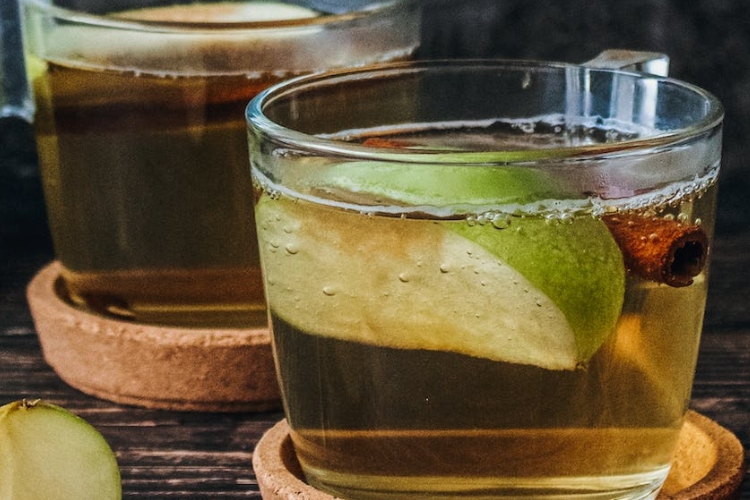
In Ancient Egypt, the practice of waxing began long before the advent of modern techniques; instead of utilizing hard wax or strips, individuals employed a sticky sugar mixture as their primary method for managing unwanted hair on both the body and face.
Even in today's world, where a plethora of waxing products flood the market, sugar waxing remains a compelling option. This method is not only less painful and more budget-friendly, but it also stands out as a practical and gentler way to remove hair, making it an ideal choice for home use.
As the name suggests, sugar is the key ingredient in sugar wax. Let’s explore what additional components you can incorporate to create your own DIY sugar wax recipe.
Table of Contents:
Part 1: Understanding Sugar Waxing
Sugar waxingsugar
The sticky nature of sugar allows it to firmly adhere to hair, enabling removal from the root when the sugaring material is pulled away.
Comparing Sugar Waxing to Other Hair Removal Methods
Let’s delve into the reasons why numerous hair removal techniques have failed to overshadow the effectiveness of sugaring.
Sugar Waxing vs. Traditional Waxing
Both sugar waxing and traditional waxing methods target hair removal at the roots. However, DIY sugar wax is crafted from natural ingredients, contrasting with cosmetic wax that often contains synthetic additives. While conventional wax requires heating prior to application, a sugar mixture can be applied at room temperature.
Additionally, since sugar wax pulls hair from the roots, it tends to offer a less painful experience, and the combination of water and lemon serves to nourish the skin. The biodegradable nature and cost-effectiveness of sugaring further enhance its appeal when compared to regular wax. For a deeper insight, consider reading our comparison of sugaring versus waxing.
Sugar Waxing vs. Shaving
When compared to shaving, sugar wax proves to be more skin-friendly and cost-effective. This is largely due to the fact that razor blades can lead to skin irritation, while hypoallergenic sugar wax actually moisturizes the skin. Moreover, crafting your own sugar wax requires no additional purchases, unlike the need to frequently buy new razors.
Furthermore, while shaving only provides results that last a few days by cutting hair at the skin's surface, sugaring allows for hairlessness that endures for several weeks. To gain more clarity on the differences, check out our article comparing waxing and shaving.
Sugar Waxing vs. Hair Removal Creams
Unlike hair removal creams, which are chemical formulations that target hair just beneath the skin's surface, the natural sugaring mixture effectively removes hair from the roots.
The chemical components found in depilatory creams can potentially trigger skin allergies, whereas sugaring poses no such risks. Additionally, hair removal creams can be quite costly.
Part 2: Top 5 Homemade Sugar Wax Recipes
Below, we present the five best sugar waxing recipes that you can easily try at home.
Recipe 1: Sugar and Lemon Wax
The classic sugar and lemon wax is the quintessential recipe for sugaring hair removal. It is both straightforward and simple to create.
Ingredients:
To prepare this foolproof sugar wax, gather the following ingredients.
Benefits:
This recipe offers a range of benefits, including...
Step-by-Step Instructions:
To create this homemade sugar wax, adhere to the following steps.
Recipe 2: Cane Sugar and Apple Cider Vinegar Wax

Ingredients:
For the apple cider vinegar DIY sugar wax, the ingredients necessary are as follows...
Benefits:
Substituting lemon with apple cider brings about several benefits, including...
Step-by-Step Instructions:
Here’s a detailed guide to crafting this sugar wax.
Recipe 3: White Sugar and Honey Wax
This third recipe is perfect for those with sensitive skin who seek an even gentler option.
Ingredients:
The necessary ingredientsthe honey-infused sugaring recipe
Benefits:
The advantagesthis recipe
Step-by-Step Instructions:
Follow these instructions to create this sugar wax at home.
Recipe 4: Sugar and Orange Juice Wax







































